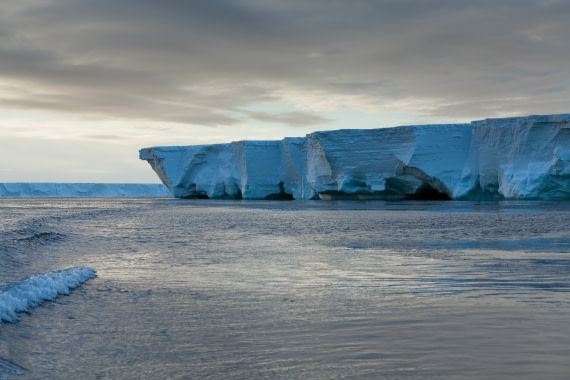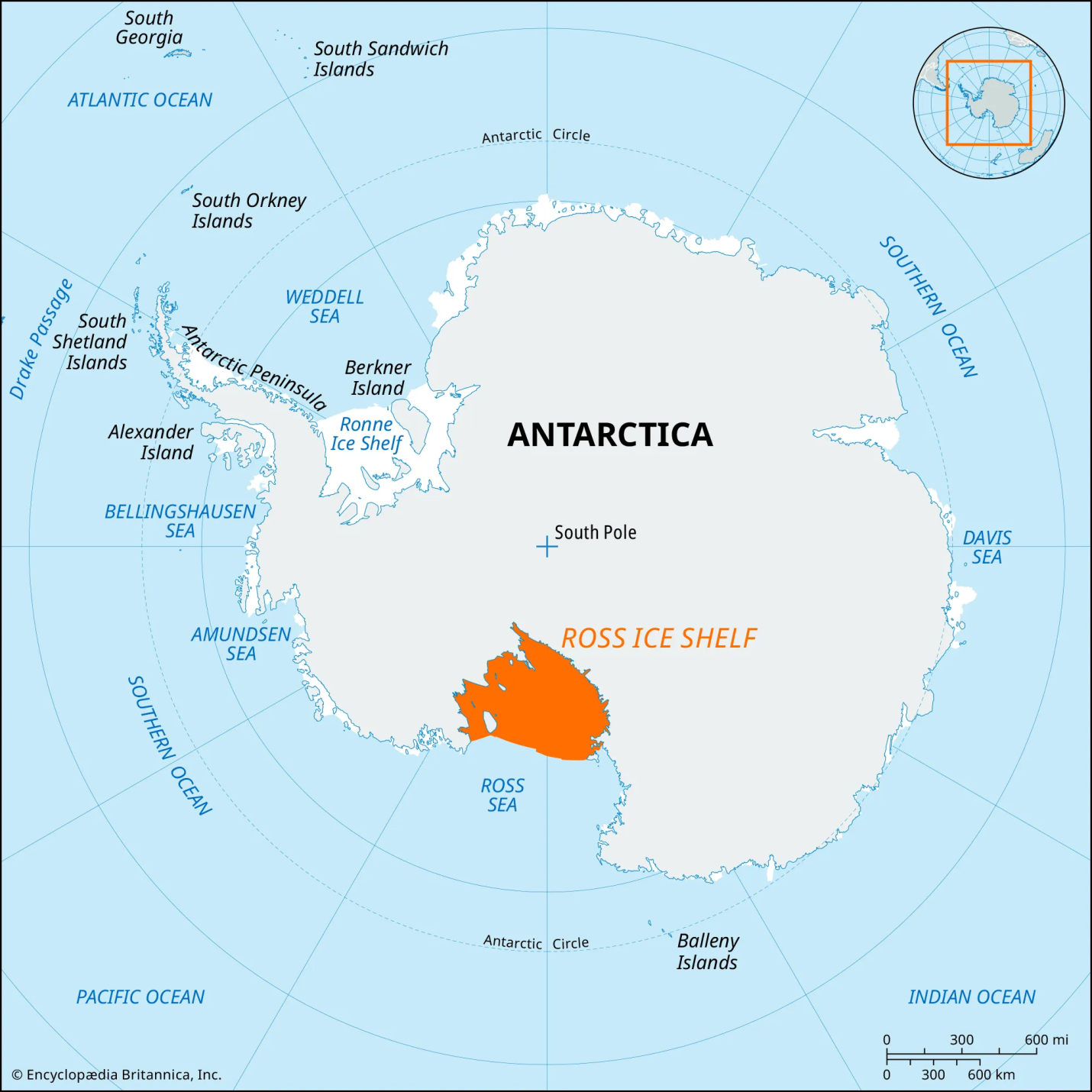Description

Copyright infringement not intended
Picture Courtesy: https://oceanwide-expeditions.com/blog/science-of-the-ross-ice-shelf
Context: The recent discovery about the Ross Ice Shelf's daily movements due to the Whillans Ice Stream is a significant finding that sheds light on the dynamic behaviour of Antarctic ice shelves.
Key Highlights
- The Ross Ice Shelf experiences daily movement forward several centimetres, driven by the behaviour of the underlying Whillans Ice Stream. This stop-and-go motion is not typical of glaciers and highlights the complex nature of ice flow in Antarctica.
- The study suggests that these daily movements could lead to icequakes and fractures within the ice shelf. These events, while natural, can contribute to the overall destabilisation of the shelf.
- Scientists are closely monitoring the Ross Ice Shelf for signs of disintegration, drawing from lessons learned from smaller ice shelves that have collapsed in the past
Ross Ice Shelf
- The Ross Ice Shelf is the largest ice shelf in Antarctica.
- It spans about 800 kilometres across, which is approximately the size of France.
- The ice shelf is several hundred meters thick; with a nearly vertical ice front that extends over 600 kilometres along the open sea.
- Most of the Ross Ice Shelf is situated within the Ross Dependency, an area claimed by New Zealand. It covers a significant southern portion of the Ross Sea and includes Roosevelt Island to the east of the Ross Sea.

Must Read Articles:
NCPOR
Source:
NDTV
|
PRACTICE QUESTION
Q. In which continent is the Ross Ice Shelf located?
A) Arctic
B) Antarctica
C) Greenland
D) South America
Answer: B
|
















